EDUCATION AND CONSERVATION WITH A PROVEN SOLUTION
Why Preventing Bird Collisions Matters
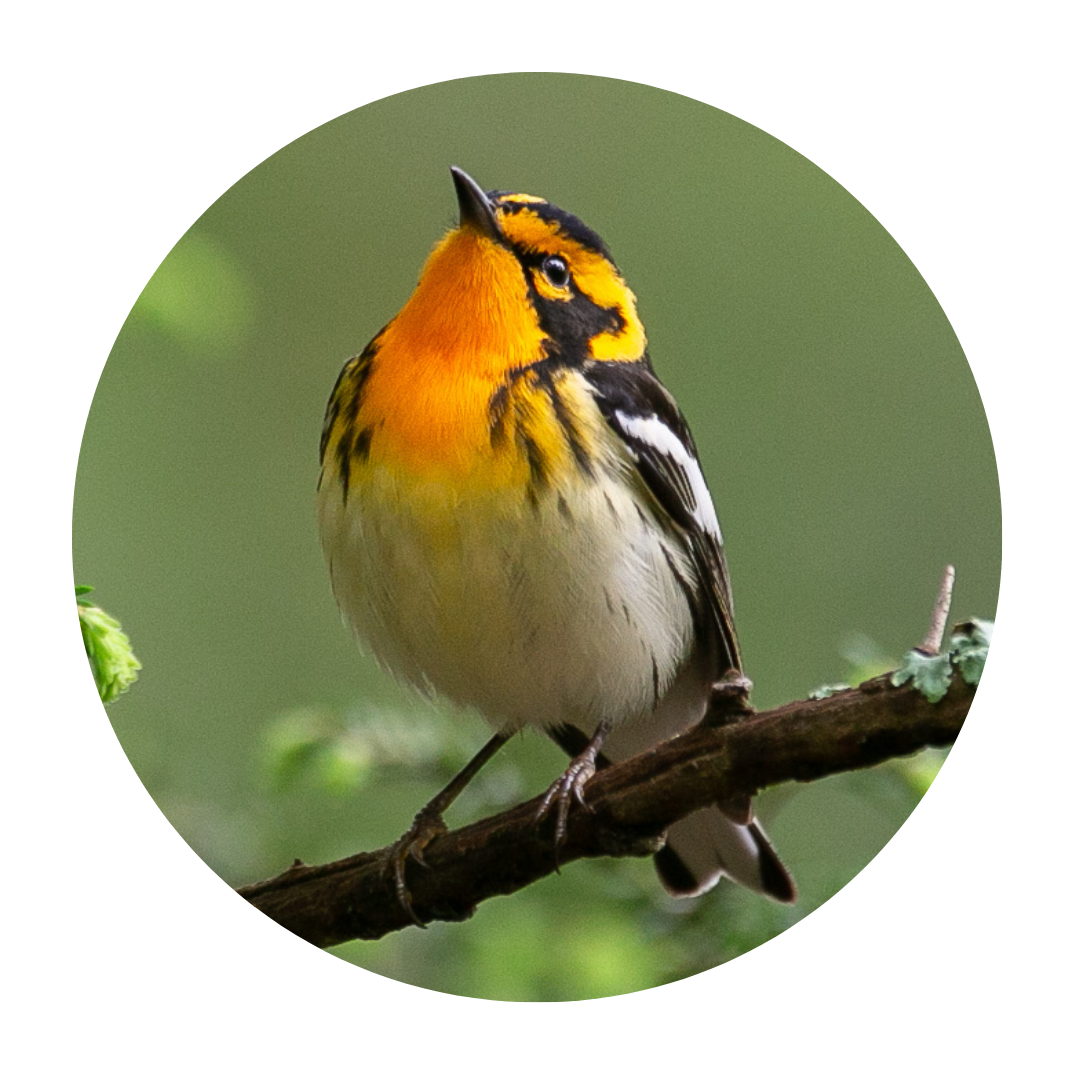
Birds are an integral part of healthy and thriving environments. They perform essential tasks such as pest control, seed dispersal, and linking ecosystems. Aside from having critical jobs, such as spreading seeds or pollinating plants, they contribute billions yearly to the economy through bird watching, bird watching equipment, and tourism. They are also a great indicator species when something is seriously wrong in an ecosystem because they are sensitive to their environments. Other animals, including us, are also at risk if birds are not doing well.
Unfortunately, the state of the world’s birds is of great concern. The IUCN Red List shows a steady decline in the status of the world’s birds, with highly threatened species continuing to go extinct. Even once common birds are vanishing. Research shows 1,469 bird species (13% of the total, or one in eight) are globally threatened with extinction. An additional 1,017 species are considered Near Threatened. Combined, 2,486 species, or a fifth of all birds, can be regarded with significant global concern.²
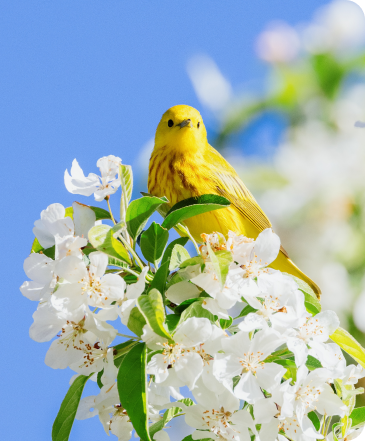
While not the only contributing factor, bird-glass collisions are one of the leading human-related causes of bird loss today.³ Estimates of over a billion birds are killed annually in North America.⁴ Bird loss from glass is not a “survival of the fittest” situation. Glass kills and injures healthy breeding-age birds, birds with dependent young, and species-at-risk alike. With so much glass being used today, from clear glass railings to high-rise buildings and glass cabins to residential homes, this presents a big problem. Almost anywhere you find untreated glass, there is a danger to avian welfare.
Hope on the horizon: There are effective scientific solutions!All hope is not lost. There are proven scientific solutions available⁵ ⁶, thanks to research that has been developing and evolving since as far back as the 70's.⁷
Feather Friendly® is proud to be one of those solutions. As one of the first companies in this realm to provide products that follow all the scientific guidelines for what makes a bird-safe treatment, we are committed to growing in this field and offering solutions of the highest quality and standards. Since 2006, we have treated over 7M square feet of glass worldwide. We will continue our work until all glass is bird-safe.
Report a Bird Collision
While not the only contributing factor, bird-glass collisions are one of the leading human-related causes of bird loss today.³ Estimates of over a billion birds are killed annually in North America.⁴ Bird loss from glass is not a “survival of the fittest” situation. Glass kills and injures healthy breeding-age birds, birds with dependent young, and species-at-risk alike. With so much glass being used today, from clear glass railings to high-rise buildings and glass cabins to residential homes, this presents a big problem. Almost anywhere you find untreated glass, there is a danger to avian welfare.
Hope on the horizon: There are effective scientific solutions!
All hope is not lost. There are proven scientific solutions available⁵ ⁶, thanks to research that has been developing and evolving since as far back as the 70's.⁷
Feather Friendly® is proud to be one of those solutions. As one of the first companies in this realm to provide products that follow all the scientific guidelines for what makes a bird-safe treatment, we are committed to growing in this field and offering solutions of the highest quality and standards. Since 2006, we have treated over 7M square feet of glass worldwide. We will continue our work until all glass is bird-safe.
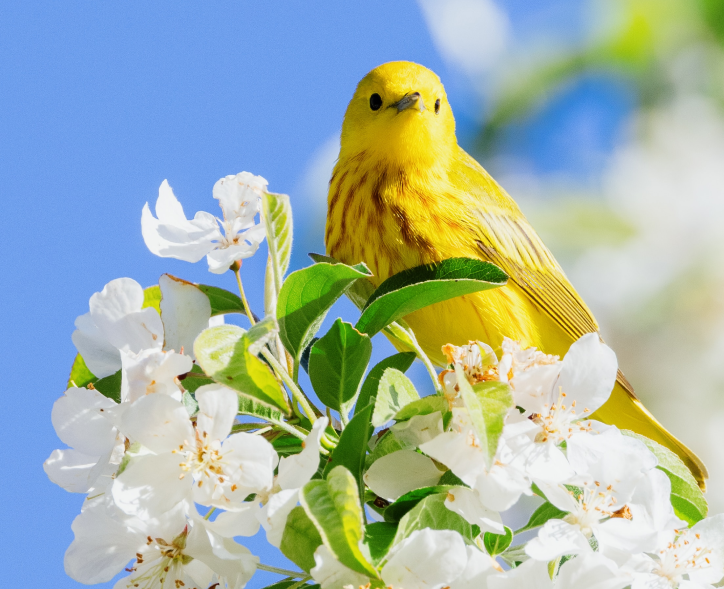
Report a Bird Collision
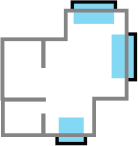
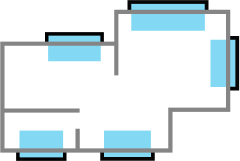
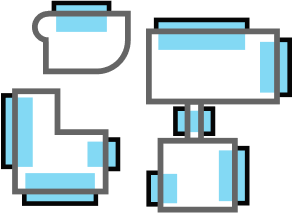



Already know what you're looking for?
Want to learn more?


